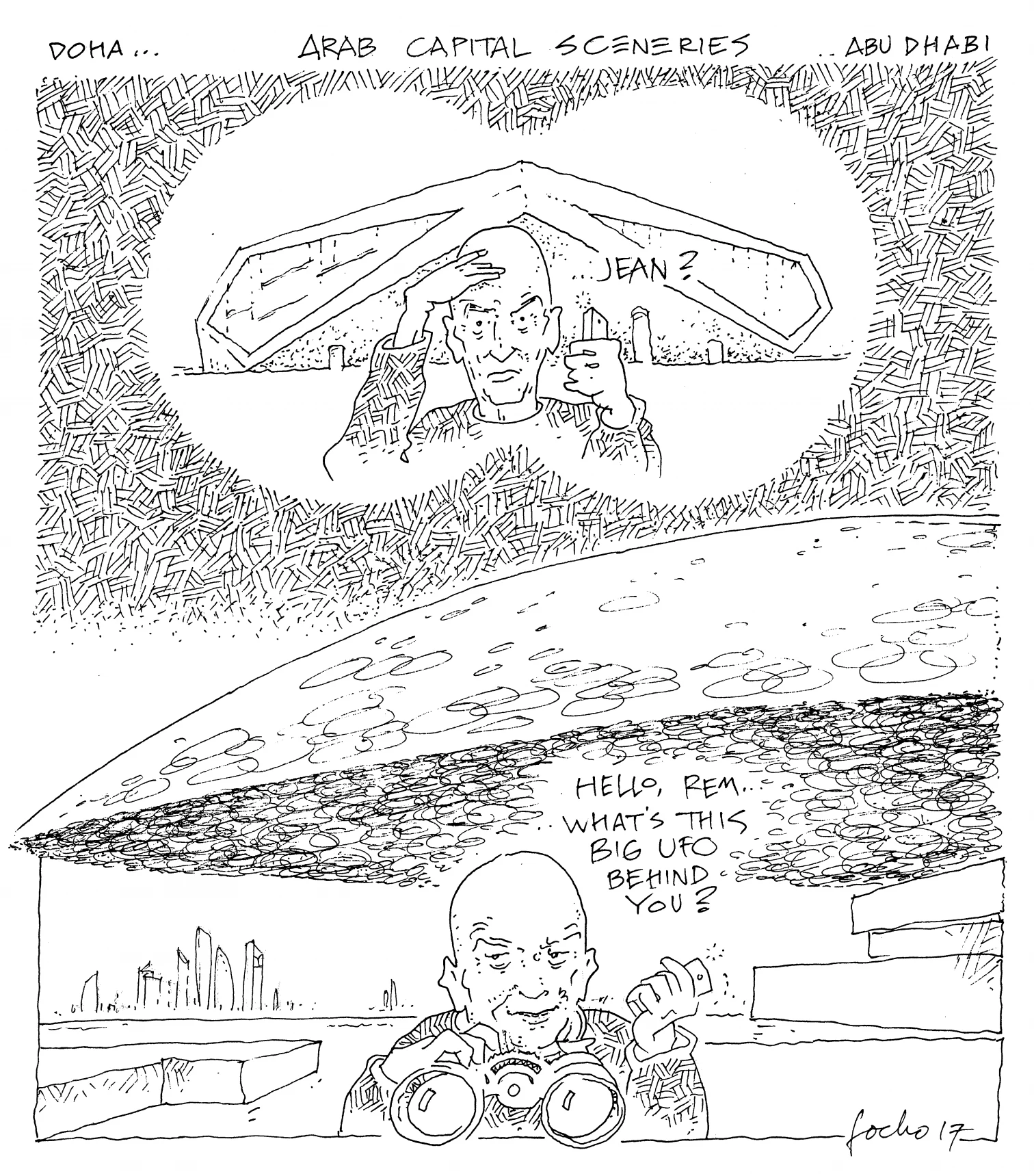
According to the hyperurban Koolhaas, the future of humanity is in the countryside. Not so with the present. Which is why he continues to work in places that can hardly be called rural: the poleis of Europe, the megacities of China, or the kingdoms of the Persian Gulf. The inauguration of the latest work by Office for Metropolitan Architecture in the Gulf region, the Qatar National Library, has coincided with the opening of Jean Nouvel’s Louvre Abu Dhabi. These are two examples of the drive to give the region a cultural present of great prestige, emulating the West. All with the petrodollar.
Located in the so-called ‘Education City’ of Doha and financed by the Qatar Foundation, the library is perhaps the largest ever built in what is still a new century. It has a floor area of 45,000 square meters and is home to an extraordinary collection of books coming in twenty tongues (from Spanish to the Dravidian language Tamil) and rare manuscripts having to do with Islamic culture. These bibliographic gems are safeguarded in a precious chest which in appearance belies the hermetic nature of the strongbox one would expect. On the contrary, the building opens up to the exterior with seeming largesse, exposing its innards through the two glazed surfaces that stretch between two other bent planes of reinforced concrete. The result is an elegant object that looks like something straight out of the crystalline utopias of the expressionists, but is actually consistent with the language, halfway between neoconstructivist and corporate, of Rem Koolhaas. A new icon, for sure.






